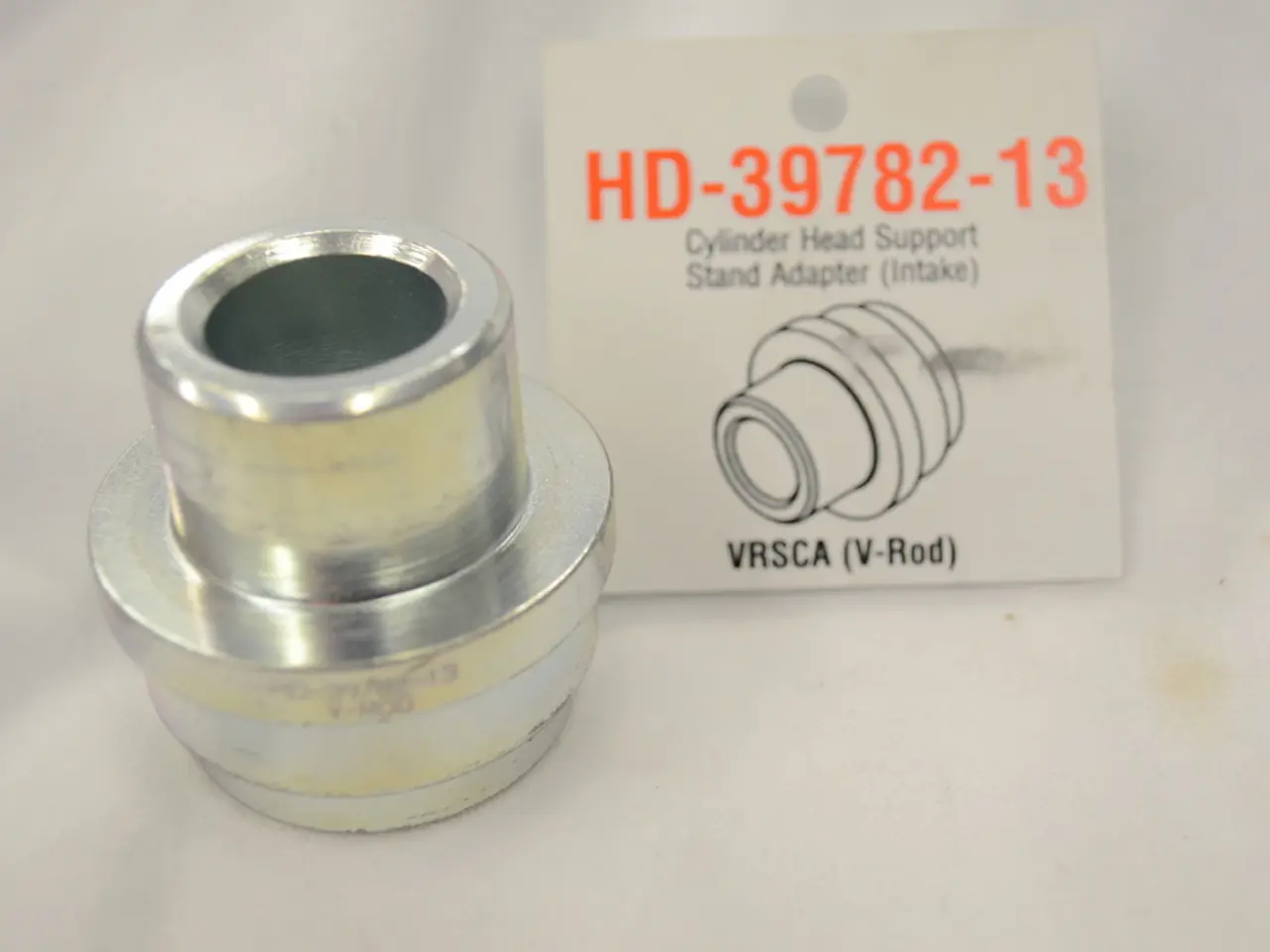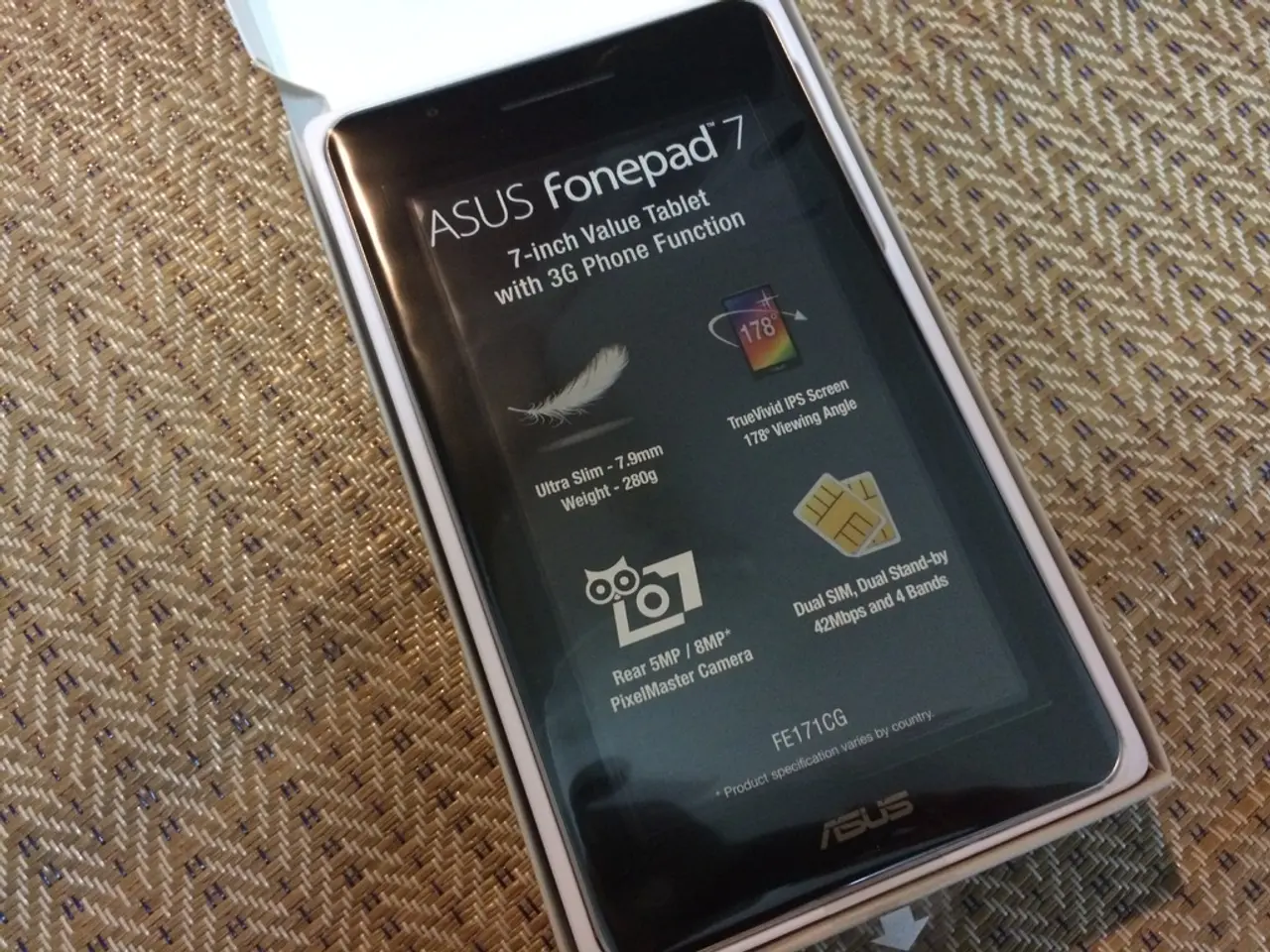Revised Soldering Guidelines under IPC J-STD-001: Detailed Specifications for Soldered Electronic Assemblies
In the world of electronics manufacturing, adherence to industry standards is crucial for ensuring the quality and reliability of products. Two such standards that play a significant role are J-STD-001 and IPC-A-610.
### Focus and Application
**J-STD-001** is a standard issued by the International Printed Circuits Association (IPC) that specifically addresses the requirements for soldered electrical and electronic assemblies. It details criteria for the acceptance of soldered connections, including solder amount, defects like bridging, and process qualifications. J-STD-001 is essential for ensuring the quality of soldering processes across various electronic assemblies, particularly in critical applications such as military, aerospace, and medical devices.
On the other hand, **IPC-A-610** serves as the industry-recognized benchmark for the visual acceptability of electronic assemblies. It provides guidelines for workmanship quality, focusing on visual inspection criteria across different product classes (Class 1, Class 2, and Class 3). This standard is essential for ensuring that electronic assemblies meet specific visual and functional standards, depending on their intended use.
### Key Differences Summary
| Standard | Focus Area | Key Requirements | Application | |----------|------------|------------------|-------------| | J-STD-001 | Soldered assemblies | Solder amount, bridging, process qualifications | Critical applications like military, medical devices | | IPC-A-610 | Electronic assembly acceptability | Soldering, placement, manufacturing quality | Various products classes (Class 1 to Class 3) based on intended use |
In summary, J-STD-001 focuses on soldering quality and is critical for high-reliability applications, while IPC-A-610 encompasses broader assembly quality standards applicable across different product classes.
J-STD-001 also includes provisions for stress relief for leads, rules for exposed metal and strand damage, thermal protection for stacked and multilayer chip capacitors, clearance between parts, and requirements for visual inspection using automated optical and X-ray inspection. The standard also covers soldering and cleanliness inspections before the application of the conformal coating and stacking.
J-STD-001ES, a space addendum application of the J-STD-001 standard, consists of several process requirements, such as corrosion control, material validation, flux testing, chemical strippers, and thermal protection.
IPC-A-610, meanwhile, offers a thorough explanation of material, component, and equipment requirements, terminal and wire connection, through-hole mounting, surface mounting of components, cleaning and residue requirements, coating, encapsulation, and adhesives. It also provides guidelines for handling particulate matter assemblies, wire and lead end extensions, and part mounting requirements.
Both J-STD-001 and IPC-A-610 are essential for maintaining high-quality standards in the electronics industry. J-STD-001, in particular, is crucial for establishing best soldering practices and ensuring the highest quality and reliability of the product under specific environmental conditions. The standard was initially released in 1992 with version J-STD-001 A, and the latest version of this document is J-STD-001 H.
In the vast world of technology, J-STD-001, a standard from the International Printed Circuits Association, is pivotal in the science of soldered electrical and electronic assemblies, providing criteria for soldered connections and process qualifications, specifically catering to critical applications such as military, aerospace, and medical devices in finance and investment sectors. On the other hand, IPC-A-610 serves as an industry-wide benchmark for visual acceptability of electronic assemblies across various product classes, ensuring compliance with visual and functional standards in the realm of consumer electronics, manufacturing, and finance.




